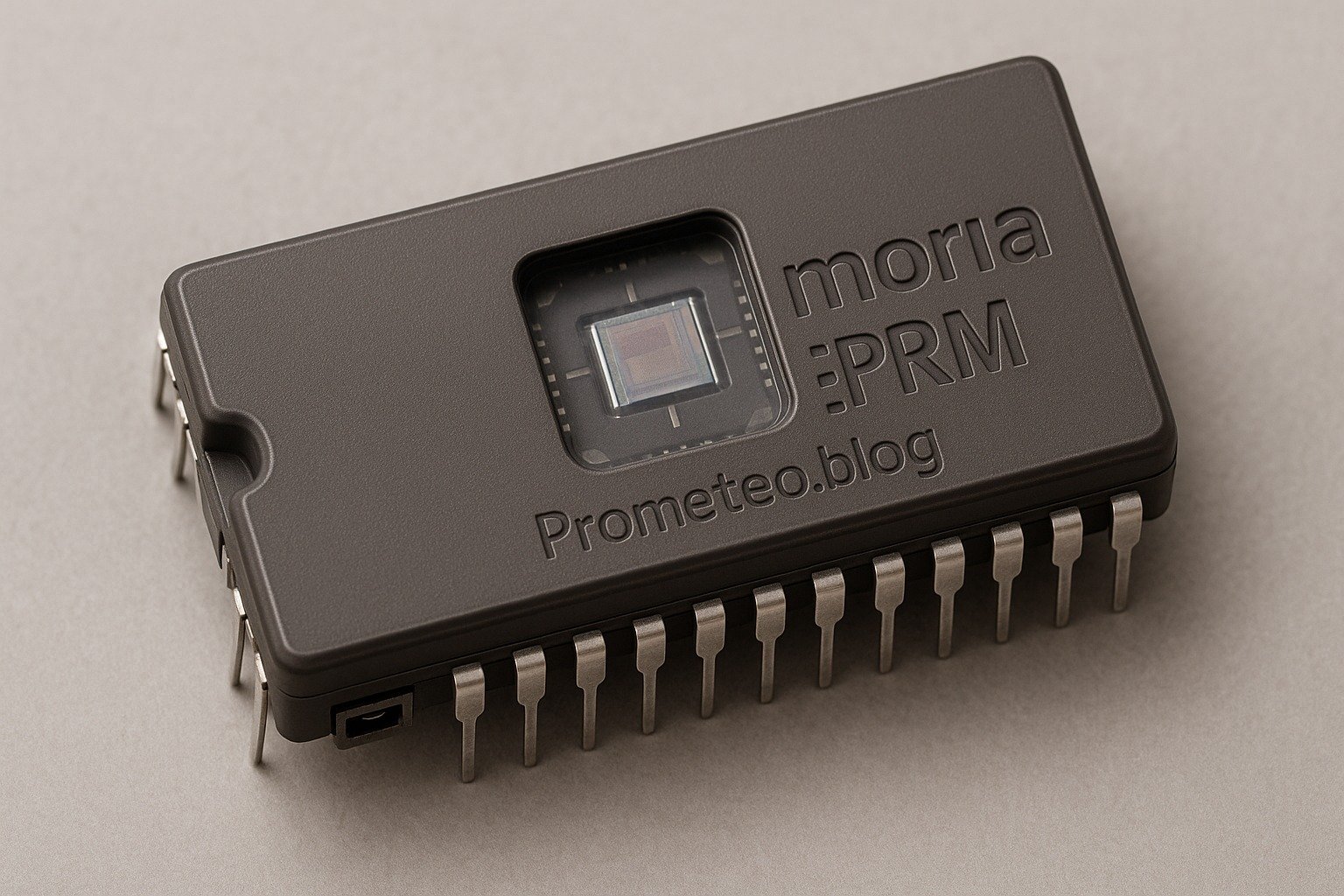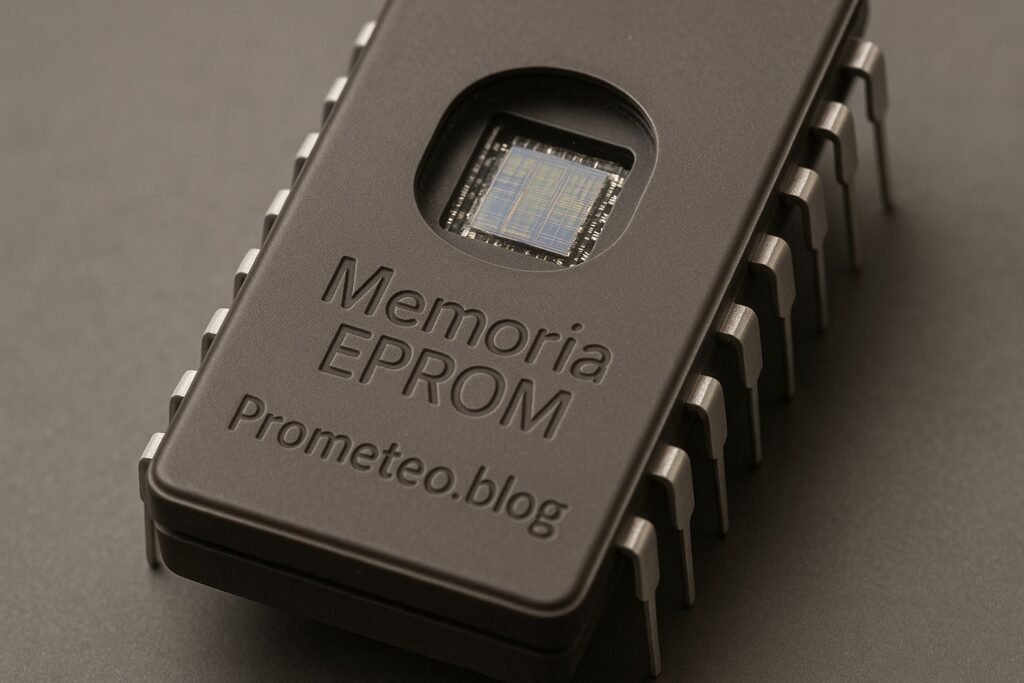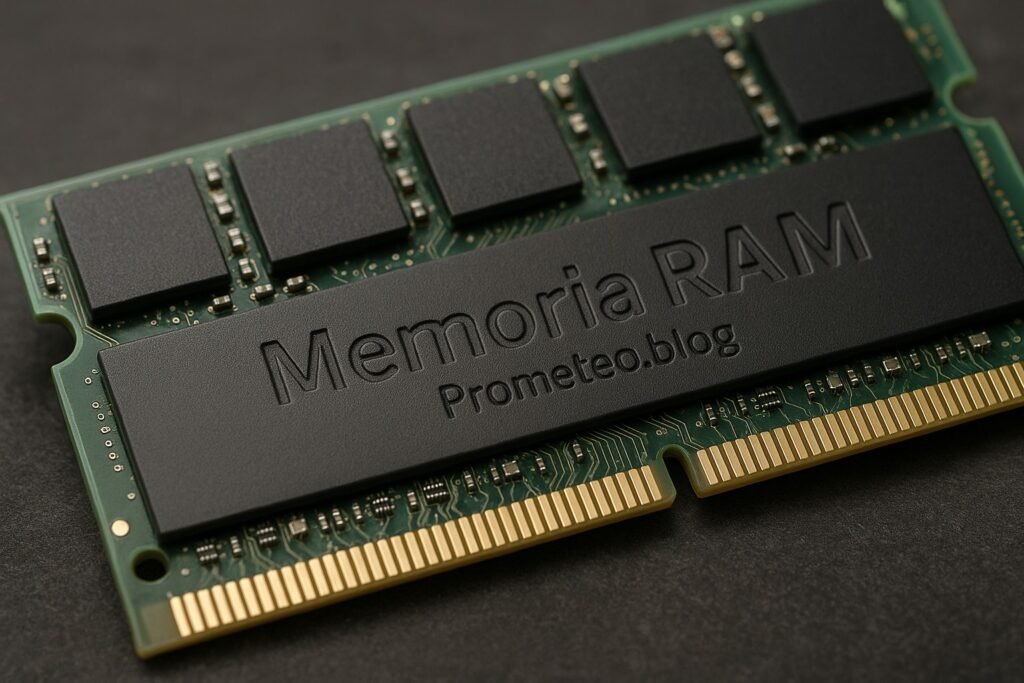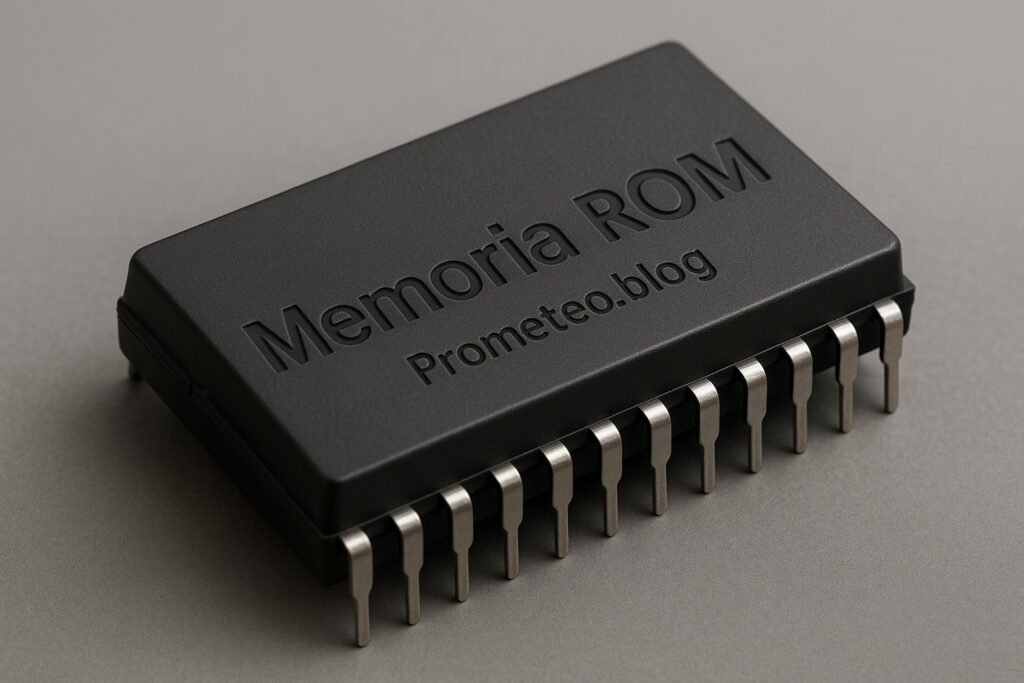Introduction
Back in the early days of computing, I had my first encounter with EPROMs while tinkering with an old arcade machine. The thrill of erasing and reprogramming the chip was unlike anything I’d experienced. Today, let’s delve into the fascinating world of EPROM memory, exploring its structure, how it operates, its various applications, and its limitations. By the end of this tutorial, you’ll have a comprehensive understanding of EPROMs and their practical uses in electronics.
What it’s used for and how it works
EPROM, or Erasable Programmable Read-Only Memory, serves as a vital component in various electronic devices, such as computers, embedded systems, and even some appliances. To fully appreciate its significance, it’s essential to understand how it functions and the role it plays in these applications.
Structure and Operation
First, let’s look at the structure of an EPROM chip. Typically, an EPROM consists of a grid of memory cells, each of which can store a bit of data. These cells use floating-gate transistors to hold an electrical charge, representing binary data (0s and 1s).
When you program an EPROM, you expose it to a high-voltage signal, allowing electrons to tunnel through the oxide layer and into the floating gate. This process alters the state of the transistor, thus storing information. Conversely, to erase the data, you expose the chip to ultraviolet (UV) light, which causes the electrons to leave the floating gate, resetting the memory cells.
Common Applications
Now, let’s explore some specific applications of EPROMs:
-
Firmware Storage: EPROMs are often used to store firmware in devices like printers and routers. Firmware is essential for the device’s basic functions, and EPROMs allow for updates when needed.
-
Embedded Systems: In embedded systems, an EPROM can store critical programs that control hardware operations. Because it can be erased and rewritten, it offers flexibility in design.
-
Prototyping: Engineers frequently use EPROMs when prototyping new hardware designs. They can easily reprogram the chip to test different versions of software without needing physical replacements.
-
Data Retention: EPROMs can retain data for many years, making them suitable for applications that require long-term storage without frequent updates.
Limitations
Despite their advantages, EPROMs do have limitations. For instance, they can be erased only by exposure to UV light, which can be cumbersome in certain scenarios. Additionally, the programming process requires special equipment, adding to the complexity of working with EPROMs. Moreover, they can endure only a finite number of write-erase cycles—typically around 10,000. This limitation means that while EPROMs are useful for many applications, they may not be the best choice for situations requiring frequent updates or changes.
Key parameters
When working with EPROMs, several key parameters determine their performance and suitability for specific applications. Understanding these parameters is crucial for selecting the right EPROM for your project.
-
Capacity: EPROMs come in various capacities, typically ranging from 512 KB to 8 MB. The choice of capacity depends on the amount of data you need to store.
-
Access Time: The access time for EPROMs usually ranges from 45 to 120 nanoseconds. This parameter indicates how quickly the EPROM can read data, which is essential for applications requiring fast response times.
-
Programming Voltage: EPROMs require a programming voltage typically between 12.5 and 21 volts. It’s crucial to ensure that your programming equipment matches the specifications of the EPROM to avoid damage.
-
Erase Time: Erasing an EPROM typically takes between 20 and 30 minutes. This time frame can be a limiting factor in applications where quick updates are necessary.
-
Write/Erase Cycles: Most EPROMs can endure around 10,000 write-erase cycles. This limit means that while you can reuse the chip multiple times, you should monitor the number of cycles to prevent failure.
Concrete use case
Let’s consider a concrete use case of an EPROM in an embedded system, specifically in a simple home automation project. In this project, you’ll create a basic system to control lights remotely using an EPROM to store the control program.
Project Overview
The goal of this project is to control the lighting in a room via a microcontroller, such as an Arduino. The EPROM will store the firmware that interprets signals from a remote control, allowing the user to switch lights on and off from a distance.
Components Needed
-
Microcontroller (Arduino): This will act as the brain of the operation.
-
EPROM (e.g., 27C256): This will store the control firmware.
-
Remote Control Module: To send signals to the microcontroller.
-
Relay Module: To control the high voltage of the light.
-
Power Supply: To power the entire system.
-
LEDs: For testing purposes, simulating the lights.
Step-by-Step Implementation
-
Setting Up the Microcontroller: Begin by programming your Arduino with the necessary code. You’ll need to set up an interrupt to listen for signals from the remote control. The code should interpret the signals and activate the relay module accordingly.
-
Programming the EPROM: Use an EPROM programmer to write the firmware to the EPROM chip. The firmware will handle the logic of turning lights on and off based on the received signals. Ensure you follow the specifications of your EPROM, such as voltage and timing, during this process.
-
Connecting the Relay Module: Wire the relay module to the microcontroller. The relay will act as a switch to control the actual power to the lights. Be cautious with the wiring since you’re working with high voltage.
-
Testing the System: Once everything is connected, power up the system and test it with the remote control. Ensure that pressing the buttons correctly turns the LED lights on and off.
-
Debugging: If the system doesn’t work as intended, check the connections, and reprogram the EPROM if necessary. Ensure that the firmware is correctly written and that you have followed all the programming steps.
Advantages of Using EPROM
Using an EPROM in this project provides several benefits:
-
Updatability: You can easily reprogram the EPROM if you want to change the firmware or add new features.
-
Reliability: EPROMs are stable and retain data for a long time, which is crucial for firmware that may not need frequent updates.
-
Cost-Effectiveness: They are relatively inexpensive, especially for small-scale projects.
-
Flexibility: The ability to erase and reprogram allows for iterative design processes, enabling quick adjustments during development.
-
Non-Volatility: Unlike RAM, EPROM retains data even when the power is turned off, making it suitable for applications requiring persistent storage.
Common mistakes and how to avoid them
When working with EPROMs, it’s important to avoid common pitfalls. Here are some mistakes to watch out for:
-
Incorrect Programming Voltage: Ensure you use the correct voltage when programming the EPROM to avoid damaging it. Always consult the datasheet for the specific EPROM model you are using.
-
Neglecting UV Exposure for Erasing: Remember that EPROMs need UV light for erasing. Failing to do this properly can result in data corruption. Consider using a UV eraser specifically designed for EPROMs.
-
Writing Incorrect Firmware: Double-check your firmware code to ensure it’s correct before programming the EPROM. Utilize simulation tools to test your code thoroughly.
-
Ignoring Access Time Requirements: Be mindful of the access time specifications to avoid timing issues in your application. This is particularly important in applications requiring fast data retrieval.
-
Overusing Write Cycles: Keep track of how many times you write to the EPROM to avoid exceeding its write cycle limit. Consider using a logging mechanism to monitor write cycles.
Conclusion
In conclusion, EPROMs are an essential component in various electronic applications. Their ability to be erased and reprogrammed makes them versatile and valuable. As you explore electronics, consider incorporating EPROM technology into your projects to enhance functionality and flexibility. Don’t hesitate to dive deeper into the topic and experiment with your own designs.
By understanding the structure, operation, and applications of EPROMs, you can leverage their unique capabilities to create innovative electronic solutions. The knowledge gained from this tutorial can serve as a foundation for further exploration into more advanced memory technologies, such as EEPROM and Flash memory, which offer similar functionalities with added benefits.
As you continue your journey in electronics, remember that the world of memory technology is ever-evolving. Newer types of non-volatile memory are being developed, each with unique features and advantages. Keeping abreast of these developments will not only enhance your projects but also deepen your understanding of how memory plays a crucial role in modern computing and electronic design.
More information at electronicsengineering.blog
Third-party readings
Find this product and/or books on this topic on Amazon
As an Amazon Associate, I earn from qualifying purchases. If you buy through this link, you help keep this project running.
Quick Quiz




